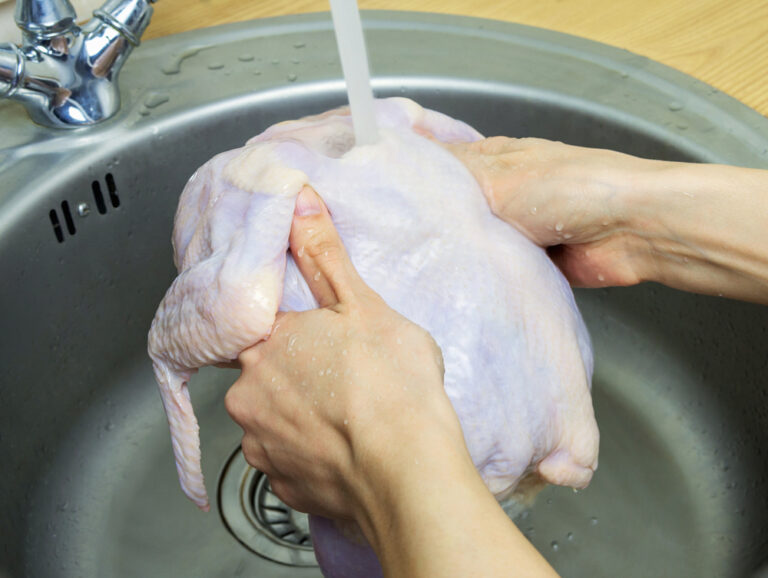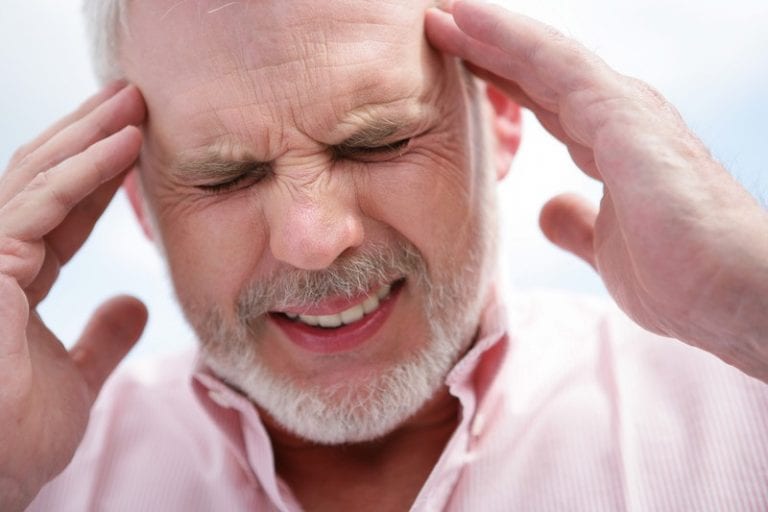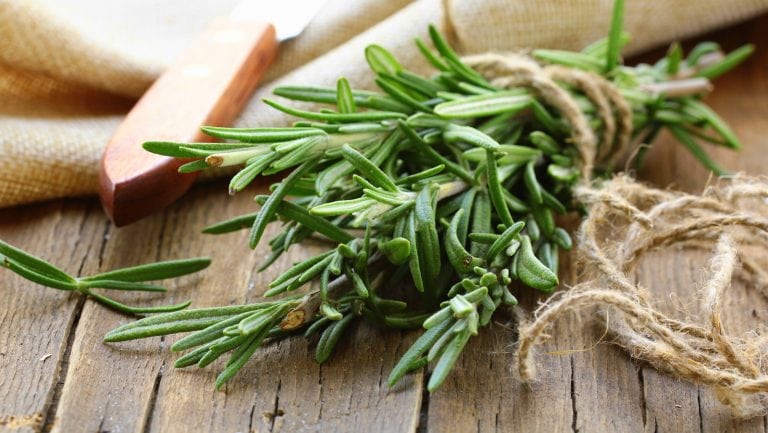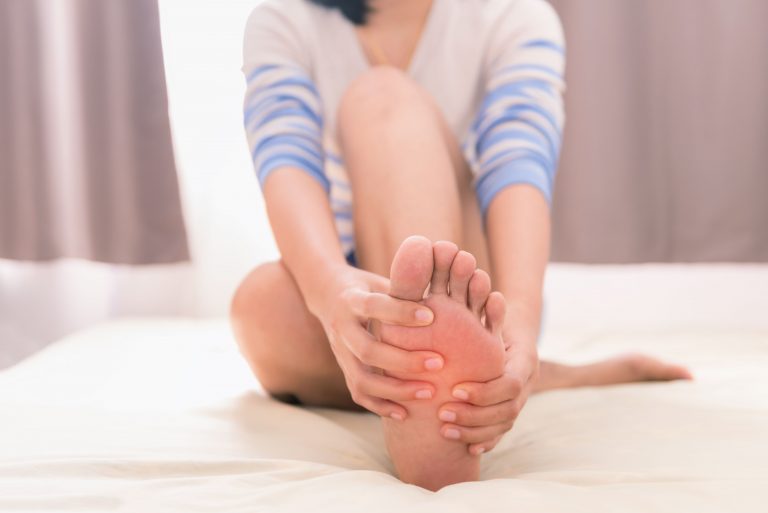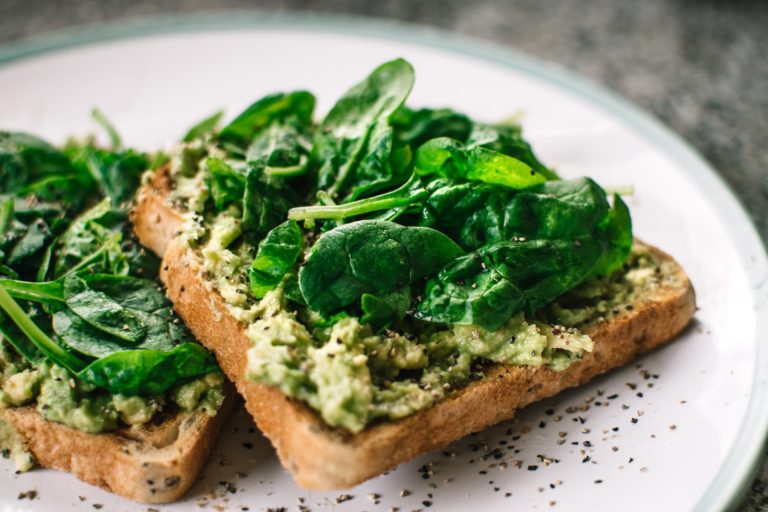
You don’t pay attention to your symptoms
One of the most common mistakes that people always make is ignoring their symptoms. Whether we are talking about psoriatic arthritis or other diseases, it is very important to pay more attention to the signals your body sends you, to all the symptoms and try to monitor them closely.
According to John J. Cush, MD, director of clinical rheumatology for the Baylor Scott & White Research Institute at Baylor University Medical Center in Dallas, “the number one thing I see that makes psoriatic arthritis worse is ignoring symptoms — thinking the pain is temporary and that it will go away on its own. Pain is your body’s way of telling you something is wrong, and blowing it off can lead to permanent joint damage.”
So, if you have any symptoms, whether they are mild or severe, try to schedule an appointment with your doctor for further investigation. They will help you find an exact diagnosis and can prescribe you an effective treatment. Don’t forget that ignoring your symptoms is not a solution, but can make your diseases worse in the long run.
Here are 4 Signs Your Back Pain Is Actually Arthritis, 10 Types of Arthritis to Be Aware Of, and 7 Medical Conditions That Are Mistaken For Arthritis.

You have a sedentary lifestyle
According to Marc I. Leavey, MD, a primary care specialist with Mercy Medical Center in Baltimore, physical activity is essential for people who suffer from psoriatic arthritis because keeping your joints moving could lead to less pain in the long run. In general, people who have a sedentary lifestyle are more likely to develop frozen joints that can cause more pain and difficulty moving.
However, before making healthy lifestyle changes it’s important to talk to your doctor because what’s good for someone else, may be harmful to your health. One of the most important things that you have to keep in mind when it comes to physical activity is to ask a specialist what type of exercises are right for you and what’s the appropriate amount of exercise that you need to do every day to improve your overall health.
It’s essential to remember that you don’t need high intensity exercise to boost your health, especially when you suffer from psoriatic arthritis, but you can opt for walking, which is as efficient as other exercises, if it is practiced regularly, of course.
Now that you know that moderate exercise can lead to many health benefits, such as weight loss, reduced joint pain and stiffness, you should think about choosing yoga, walking, swimming and tai chi. So, medical experts recommend these types of physical activities and say that other exercises that can put stress on your joints, such as running, basketball, or other high intensity workouts, can worsen your symptoms and should be avoided.
You might also like: 20 Important Things Doctors Wish You Knew About Arthritis. Moreover, you can Try These Exercises to Reduce Chronic Pain!



